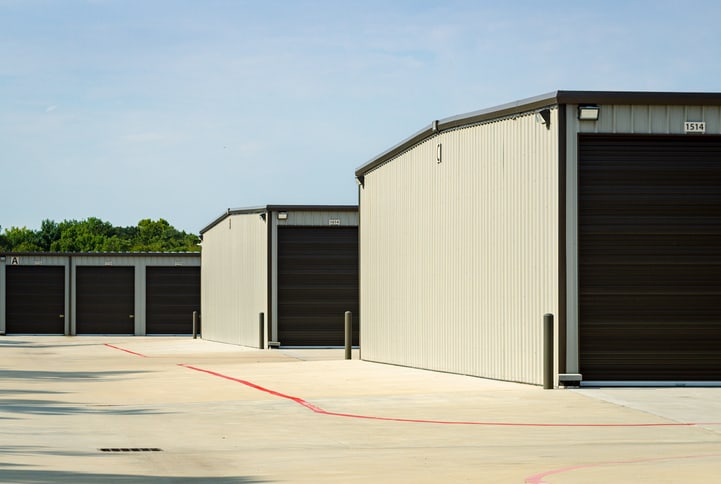Self-storage investing is a trend in real estate these days, but in order to reap the rewards you must first put in some hard work. Below are the top four steps to starting your own self-storage rental business.
Step 1: Do Your Research
Investing in self storage facilities is not always simple. Although investing in self-storage can be easier than more traditional avenues of real estate like multifamily housing, you still must prepare and do thorough research to ensure that your business is successful.
To determine whether your self-storage business will be sustainable in the area and market you’re interested in, here are a few factors you should investigate:
Local Demand
If you’re going to start a self-storage business somewhere, you need to make sure there’s some need or demand for a facility in that area. Self-storage facilities usually do well in places with high visibility, so think of putting one right off a busy highway exit or by a university.
Another way to assess demand in your area is to look at the performance of other self-storage businesses nearby. Are they having trouble filling their units and covering their expenses? Chances are, if existing facilities are struggling in your market, you will too. This is a great opportunity to see how much local businesses are charging for their services as well, so you can get a rough idea of how much you can charge and what revenue you can expect once you’re up and running.
Target Demographic
Self-storage renters usually tend to fall between their early 20s and mid-50s. Think of people anywhere from college grads to retirees. If your area is older or seems to lack people in this demographic (or it lacks much population at all), you might need to rethink the area you’ve chosen.
Population and Job Growth
Looking at growth projections for jobs and population is also a great way to predict the future health of your business. Cities with lots of movement, temporary workers, or overall job growth are more likely to support a burgeoning self-storage business.
Step 2: Create a Business Plan and Secure Financing
A new owner in any industry needs a strong, well-researched business plan to help reach their goals, and you should also have a plan for how to achieve high self storage investment returns.
Your self storage business plan should include the important information you learned from the market research you conducted. Make sure you organize this information in a concise, readable format so future lenders or partners can easily find the information they need. Describe your business structure, any important financial data points, and your overall market strategy.
Your business plan should help you find financing as well. There are a variety of loans that self-storage investors can explore, and having a sound business plan to present to potential lenders is the best way to secure a loan with a low interest rate.
Step 3: Build or Buy Your Facility
If you plan on building a new self-storage facility, keep in mind that you’ll need to check with local city planners about what kinds of zoning requirements your plot has. It’s possible that you will have to re-zone the area.
If you are buying an existing facility, you’ll want to inspect it, get it appraised, and negotiate with the seller on price and agreement conditions. The price of the facility varies based on how big it is, where it’s located, and the number of units it has.
Once you have your facility, you can start thinking of the security measures you want to install, like smart technology or a security team to patrol the premises. Security is a main selling point for many tenants, so don’t skip this step!
Step 4: Write a Self-Storage Rental Agreement
At a minimum, each self-storage rental agreement should include:
- Contact info for both the tenant and the landlord
- Rent rate and when rent is due
- Start and end dates of the lease
- How much the security deposit is
- Grace period and late fee policies
- Responsibilities of the lease/lessor
- Any additional rules/regulations
Conclusion
Implementing strategies that utilize technology is a smart way to reduce your daily tasks and optimize the time you spend working on your business. One of the ways you can do this is by using property management software, like Innago. Using software will help you conduct day-to-day tasks that can become tedious and unnecessarily time-consuming, such as collecting rent and signing leases.
Get started with your new storage facility by conducting your own research. Any investment requires a sound plan and lots of thought, so to have the best shot at being successful, follow the steps above.
